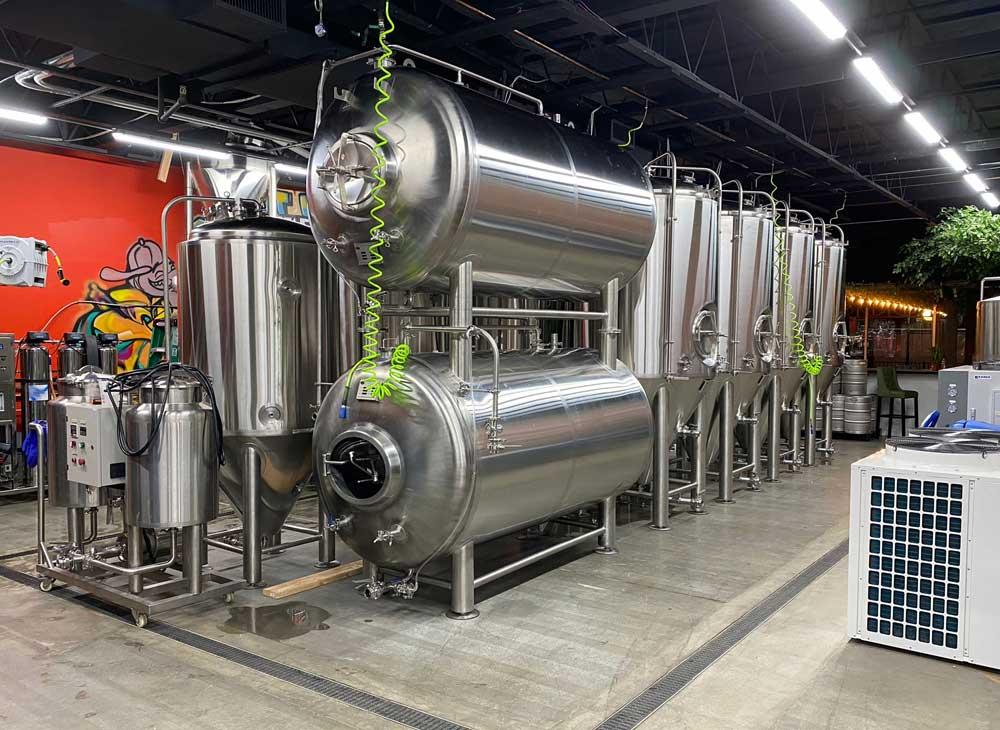
The beer production process can be divided into four processes: malting, brewing, fermentation and packaging. Modern breweries generally no longer have a wheat-making plant, so the wheat-making part is taken out of the beer production process.
Barley has to go through the malting process in order to convert the insoluble starch it contains into soluble sugars for use in the brewing process. After harvesting, the barley is stored for 2-3 months and then sent to the malt plant to begin the malting process. To obtain a clean and fine malt, the barley needs to be selected or screened to remove impurities before fermentation.
The rice cooker is a large curled metal vessel with an inlet for hot water and steam. Stirring devices such as stirring bars, paddles or propellers are used, as well as many temperature and control devices. In the rice cooker, malt and water are heated and boiled and this natural acid converts insoluble starch and protein into a soluble malt extract called wort.
Modern brewery systems use blended grain and malt mixers, which are malt containers with efficient mixing and temperature programming. Enzymes of bacterial and fungal origin can be added as auxiliaries. Cider and beer are mashed in the same equipment, but they must have different temperature programmes and malt compositions. Modern breweries often use high gravity brewing, where a concentrated wort is made, fermented and diluted in order to brew more beer on the same equipment.
The wort is sent to a filter vessel called a separator. The wort is removed from the vessel in a Lauter tank and hops and sugar are added before the wort is pumped into the boiler.
The boiler is boiled for 60 to 90 minutes to sterilise the wort, evaporate any unwanted aromas and precipitate insoluble proteins. Residues and spent hops are then removed in the separator, where the hop cones form a filter bed.
The clarified wort is cooled, previously in a shallow tank or by trickling through an inclined cooling plate, but now in a plate heat exchanger. The final stage is a closed sanitary vessel where the hot wort flows along the plate and the cold water flows in the opposite direction along the other side. At this stage, oxygen is added and the cooled wort enters the fermenter.
In this most important stage of the brewing process, the simple sugars in the wort are converted into alcohol and carbon dioxide. After fermentation, most of the yeast settles to the bottom of the tank. The brewer recovers this yeast for the next pot. After the yeast has been removed, the resulting young beer is pumped into the post-fermentation tanks. Here, the remaining yeast and insoluble proteins are further settled, giving the beer a mature style. The maturation time varies depending on the beer variety and is generally between 7 and 21 days. After the beer has been post-fermented and matured, all remaining yeast and insoluble proteins are released.
Still have a problem on choosing the brewery equipment? We can help with your final decision. If you are looking for a turnkey solution for craft beer brewing system, please contact us. We are looking forward to working with you. Send an email now: [email protected]


.jpg)





Get A Quote